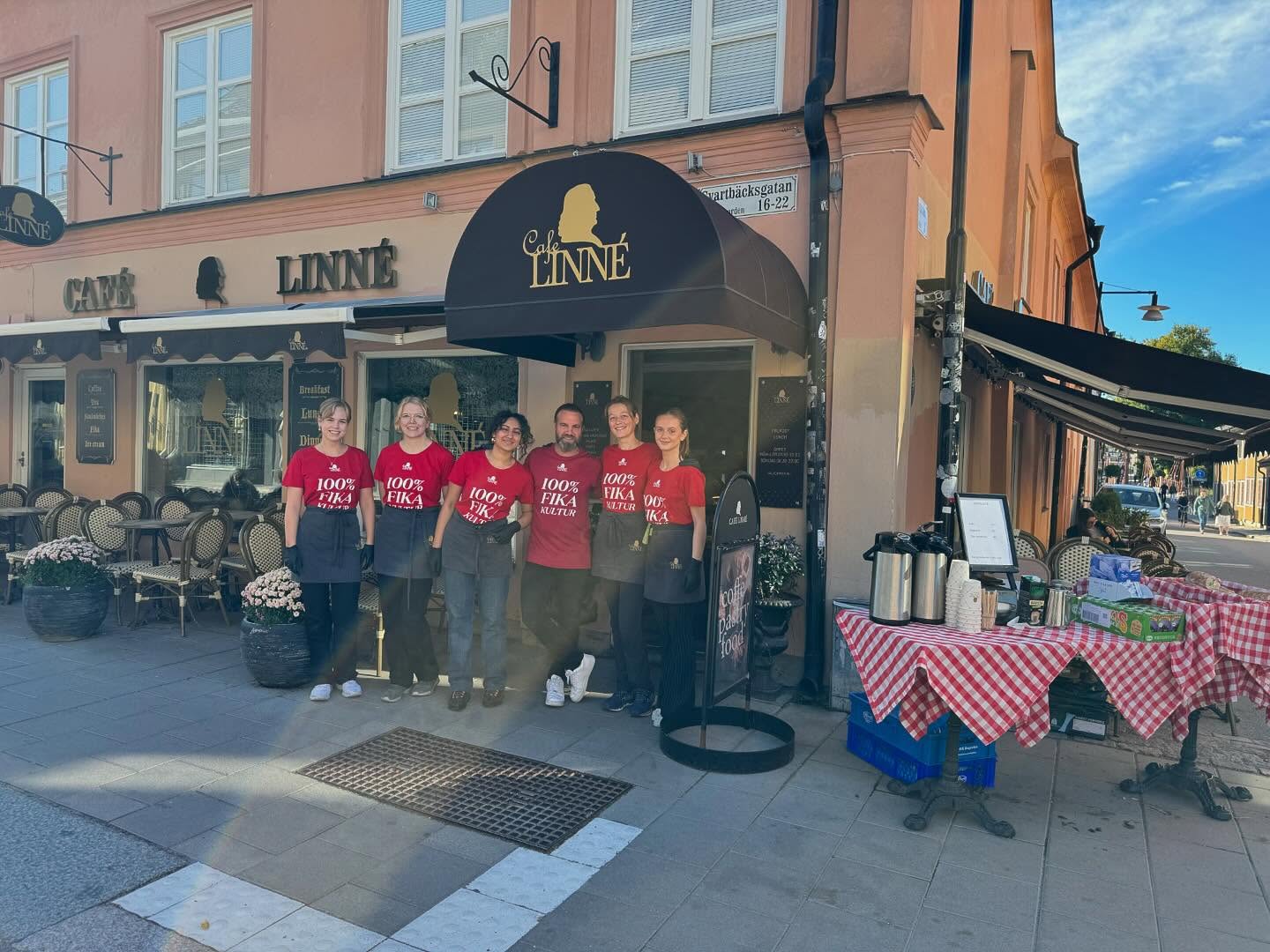Haircut Saturday
- Home Page 50

Golden Age
This content is accessible to paid subscribers. To view it please enter your password below or send mike@standardsmichigan.com a request for subscription details.
Marketing of Higher Education
This content is accessible to paid subscribers. To view it please enter your password below or send mike@standardsmichigan.com a request for subscription details.
Eggs Benedict
Standards Wyoming | Kitchen Standards | Wyoming Union
Cowboy Coffee | Appetite for Knowledge
Vicki Hayman, University of Wyoming Extension Nutrition Educator, explains how to put together an English muffin, poached egg, Canadian bacon, and a homemade hollandaise sauce named after Lemuel Benedict, a Wall Street banker who, in 1894, ordered a hangover remedy at the Waldorf Hotel in New York. He requested buttered toast, poached eggs, crisp bacon, and hollandaise sauce.
The hotel’s maître d’hôtel, Oscar Tschirky, was impressed and adapted the dish for the menu, swapping bacon for ham and toast for an English muffin, naming it Eggs Benedict in his honor. Another claim links it to Commodore E.C. Benedict, but the Lemuel story is more widely accepted. The dish’s luxurious combination of poached eggs, ham, English muffin, and hollandaise sauce cemented its fame as a breakfast classic.
American Thought Leaders: Victor Davis Hanson
This content is accessible to paid subscribers. To view it please enter your password below or send mike@standardsmichigan.com a request for subscription details.
Great is thy faithfulness
Verse 1
Great is Thy faithfulness, O God my Father,
There is no shadow of turning with Thee;
Thou changest not, Thy compassions, they fail not;
As Thou hast been, Thou forever wilt be.
Chorus
Great is Thy faithfulness! Great is Thy faithfulness!
Morning by morning new mercies I see;
All I have needed Thy hand hath provided;
Great is Thy faithfulness, Lord, unto me!
Verse 2
Summer and winter, and springtime and harvest,
Sun, moon, and stars in their courses above,
Join with all nature in manifold witness
To Thy great faithfulness, mercy, and love.
Chorus
Great is Thy faithfulness! Great is Thy faithfulness!
Morning by morning new mercies I see;
All I have needed Thy hand hath provided;
Great is Thy faithfulness, Lord, unto me!
Verse 3
Pardon for sin and a peace that endureth,
Thine own dear presence to cheer and to guide;
Strength for today and bright hope for tomorrow,
Blessings all mine, with ten thousand beside!
Chorus
Great is Thy faithfulness! Great is Thy faithfulness!
Morning by morning new mercies I see;
All I have needed Thy hand hath provided
Strawberry Oat Muffins
North Dakota State University Statement of Financial Position 2024: $1.894B (Page 9)
The Extension Service, established in 1914, is a vital link between the public and NDSU, a land-grant university in Fargo, North Dakota. It delivers science-based education to enhance the lives and communities of North Dakotans through workshops, publications, events, and digital resources.
With a focus on agriculture, youth development (including 4-H), family wellness, and environmental protection, Extension agents provide unbiased, research-based information tailored to local needs. Operating in counties like Cass, Burleigh, and Dunn, the service fosters learning partnerships to empower residents in making informed decisions.
Supported by county, state, and federal funding, NDSU Extension collaborates with specialists and a national network to address economic, health, and community challenges, ensuring accessible, practical education for all ages to strengthen agriculture and community vitality across the state.
The Extension Service, established in 1914, is a vital link between the public and NDSU, a land-grant university in Fargo, North Dakota. It delivers science-based education to enhance the lives and communities of North Dakotans through workshops, publications, events, and digital resources. With a focus on agriculture, youth development (including 4-H), family wellness, and environmental protection, Extension agents provide unbiased, research-based information tailored to local needs.
NDSU Coffee Shops | NSF Food Preparation Standards
Operating in counties like Cass, Burleigh, and Dunn, the service fosters learning partnerships to empower residents in making informed decisions. Supported by county, state, and federal funding, NDSU Extension collaborates with specialists and a national network to address economic, health, and community challenges, ensuring accessible, practical education for all ages to strengthen agriculture and community vitality across the state.
Join us for the opening day of 800 Cafe, an initiative led by nutrition science students offering healthy meals under 800 calories! 🥣
Open to the public through April 25, visitors can enjoy delicious lunches for $10.
View the menu and reserve a spot: https://t.co/csCLvsoNQ8 pic.twitter.com/u0rxpN4lXZ
— North Dakota State University (@NDSU) February 22, 2024
Training Large Language Models
This content is accessible to paid subscribers. To view it please enter your password below or send mike@standardsmichigan.com a request for subscription details.
Café Linné Fika
Cafelinne | Annual Financial Reports 2019-2024
Glad midsommar from the Hahne family! 🇸🇪
For over 1,000 years, our people have gathered to celebrate light, life, and tradition.
We’re proud to pass this heritage on to our children. pic.twitter.com/8goBccL6ts— William Hahne (@William_Hahne) June 20, 2025
University students at restaurant ‘Flustrets’, Uppsala, Sweden 1896.
by inColorizedHistory
Nu finns en uppdaterad IT-standard som ska bidra till effektivare, säkrare dataflöde i skolan och enklare administration. Den erbjuds kostnadsfritt av SIS genom ett avtal med @Skolverket.https://t.co/QfDv2YxDci pic.twitter.com/WyYiRCuVsQ
— Svenska institutet för standarder, SIS (@svenskstandard) November 24, 2020
August Sabbatical
We observe academia’s summer hiatus until August 19th when we resume our daily 15:00 sessions on the topic of Data Center standards, regulations and codes. The front desk at our State Street Office will remain open but our daily colloquia will be replaced with “Evergreen” content dating back to 1993. See our CALENDAR.
Some jankiness in presentation will likely persist until early September as we upgrade PHP versions, widgets, and plug-ins to the latest versions of WordPress and Python. Content updates across all our platforms remains unresolved; described in the link below:
All that said, the content will not change but access and timeliness “may” be delayed by no more than 24 hours.
New update alert! The 2022 update to the Trademark Assignment Dataset is now available online. Find 1.29 million trademark assignments, involving 2.28 million unique trademark properties issued by the USPTO between March 1952 and January 2023: https://t.co/njrDAbSpwB pic.twitter.com/GkAXrHoQ9T
— USPTO (@uspto) July 13, 2023
Standards Michigan Group, LLC
2723 South State Street | Suite 150
Ann Arbor, MI 48104 USA
888-746-3670














